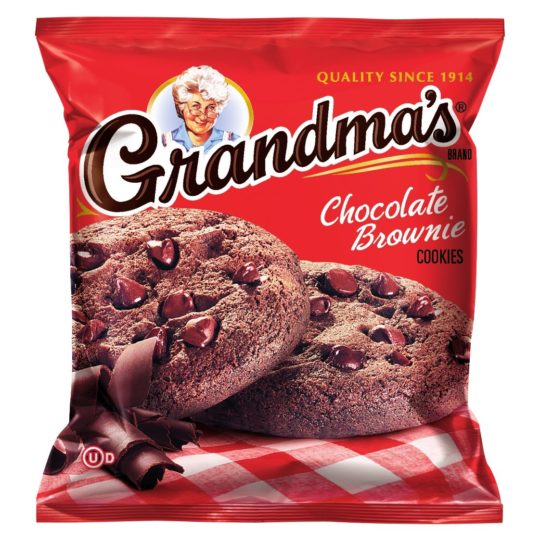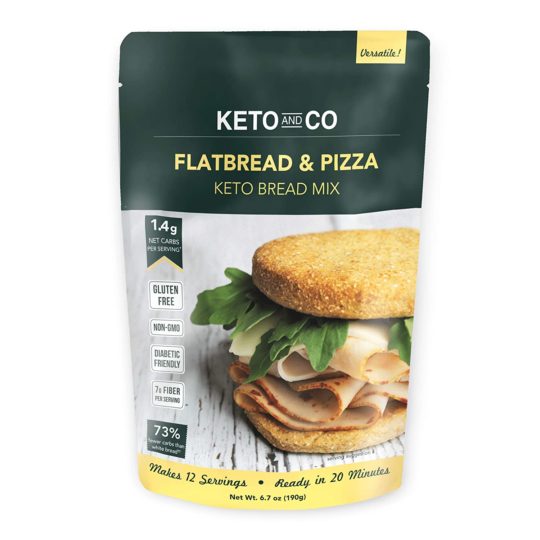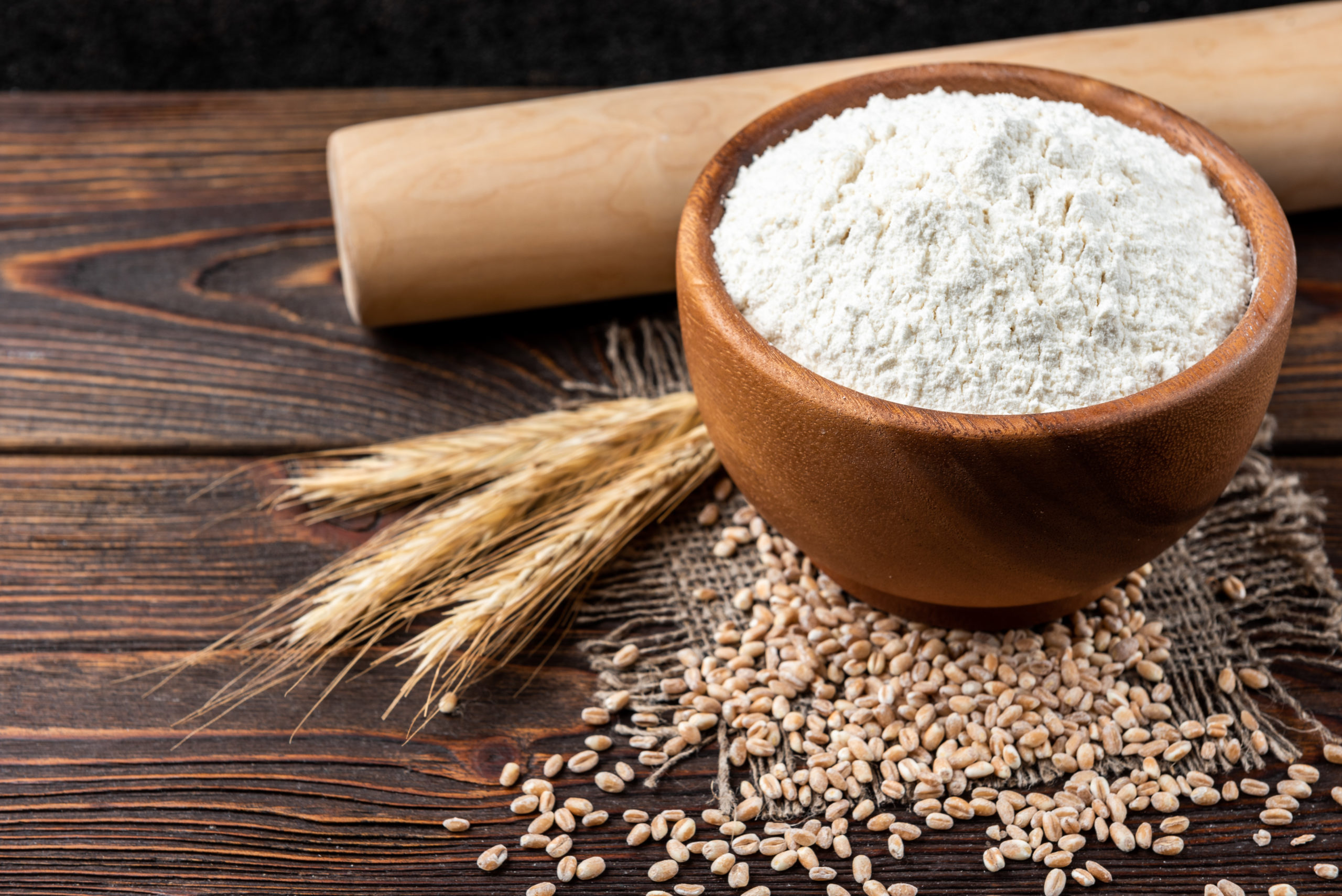Updated on April 9th, 2023
If, as a baking enthusiast, all-purpose flour is one of the first things you grab during your grocery shopping, it wouldn’t be much of a surprise to anyone. Most effective baking procedures require the use of flour in one form or the other. All-purpose flour has proved its worth in the baking world for many years, whether as the main thing or one of the supporting ingredients.
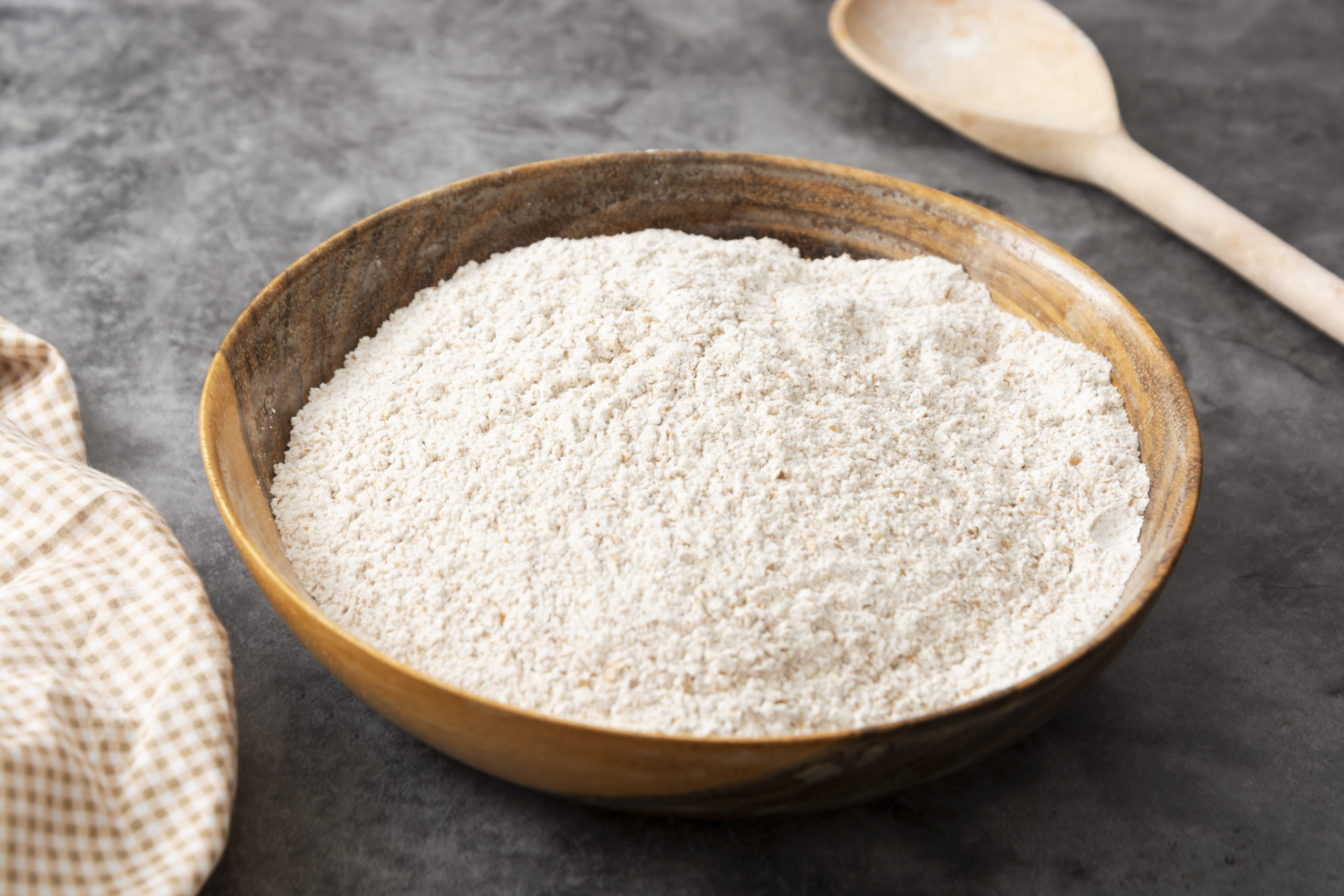
However, one type of flour that is underrated as a great alternative to all-purpose flour is whole wheat flour. With loads of added nutritional value, whole wheat flour has been proven in many recipes to successfully replace the uses that all-purpose flour is commonly known for. Whole wheat flour brings an entirely new addition of proteins, fiber, and mineral content, such that you can enjoy your favorite baked foods with added nourishment.
However, whole wheat flour in place of all-purpose flour in baking procedures results in an entirely different texture, weight, and look in finished products. It is vital to get familiar with the proper methods and quantities to employ in other recipes.
Whole Wheat Flour Nutrition Facts
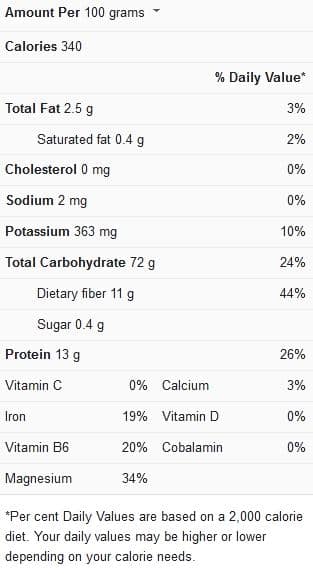
All-Purpose Flour Vs. Whole Wheat Flour
White flour is another name for all-purpose flour. It is milled from hard red wheat or a blend of hard and soft grains in an 80:20 ratio (10 to 12 percent) to reach the optimal protein level. Only the endosperm is left after the bran (outer layer of the wheat kernel) and germ (inner seed) have been removed.
As the name implies, all-purpose flour can be used to make various baked items, including bread, biscuits, pizza, cookies, muffins, and so on. It is also used in gravies and sauces to thicken them up.
On the other hand, whole-wheat flour is composed of the whole wheat kernel’s endosperm, bran, and germ. As a result, it has a higher protein level (up to 15%) and more fiber, minerals, and flavor than all-purpose flour.
Whole-wheat flour, however, has a poor reputation for making baked items bulky and stodgy because the bran and germ content tend to obstruct gluten development. Baked items made with whole wheat flour are thus generally thicker and heavier than those made with all-purpose flour.
Substituting All Purpose Flour with Whole Wheat Flour in Recipes
Due to the higher protein, fiber, and mineral content that whole wheat flour possesses compared to all-purpose flour, many people might find that they prefer it ultimately over all-purpose flour.
Try experimenting with whole wheat flour if you want your baked products to be healthier, have a more robust flavor, or enjoy a distinct taste from white bread. Although not entirely different from working with white flour, working with whole wheat may present its own set of challenges.
Whole wheat flour can be tried in place of white flour in the following recipes:
Cookies, Brownies
It’s easy to make the switch to whole wheat flour in cookies and other sweet treats. The darker hue that whole wheat contributes will be hardly apparent because most cookies aren’t lighter colored. Furthermore, the grainy texture of whole wheat flour is usually covered by whatever additive is around it (chips, nuts, oats, etc.).
The graininess of whole wheat can be seen in shortbread, sugar cookies, brownies, and blondies when used 100%. As such, the ideal percentage of complete wheat flour substitution is around 50%.
Baked items should also be allowed to rest overnight before serving so that the bran softens and the texture improves.
It is also vital to remember to add two tablespoons of water (or another beverage) for every cup of whole wheat flour to compensate for its higher absorption properties. If done otherwise, cookies will spread more diminutive than they ought to.
Bread, rolls, and pizza
Whole wheat’s natural flavor and texture are enhanced in yeast-baked goods. If, therefore, you replace 100% of the white flour in bread, dinner rolls, and pizza crust with whole wheat flour, they will all look, taste, and rise differently.
Because whole wheat flour absorbs more moisture than white flour and generally forms a stiffer dough, substituting 100% whole wheat flour for white flour can significantly reduce dough rise. This is because the more challenging the dough is to increase, the stiffer it is. It is thus best to begin with, a 25% substitution and then gradually increase the quantity.
To prevent this, increase the liquid content by two teaspoons for each cup of whole wheat flour used. Allow the dough to rest for 30 minutes before kneading. This allows the flour to fully absorb the liquid, resulting in a softer dough that rises as high as dough made with white flour.
Cake and cupcakes
The cake is often light, fine-grained, and sweet, and whole wheat does not support any of these characteristics. Whole wheat flour can, however, still be used to produce delicious cakes. Just keep in mind that whole wheat flour should be used in a 50/50 ratio with white flour.
One issue you may run into is that the higher the percentage of whole wheat flour in your cake, the more crumbly it will be. The sharp edges of bran in the entire wheat will shred the gluten network that gives the cake its structure, thus weakening it and making it crumble. Furthermore, you may still perceive the graininess of whole wheat flour even at modest usage levels; it sticks out in the generally smooth texture of the cake.
Pancakes, biscuits, and muffins
When using whole wheat flour instead of all-purpose flour in pancakes, muffins, quick bread, scones, biscuits, and other baked goods, keep in mind that the optimum substitution proportion is up to 50%. This is the level of whole wheat flour at which there wouldn’t be much of a difference between using white flour and using whole wheat flour.
Substituting whole wheat flour completely may result in a gritty mouthfeel and a deeper hue. It is thus best to employ a 50% substitution to achieve similar results with using white flour.
Pancakes made with 100% whole wheat flour instead of white flour may also spread more if cooked immediately. The exclusive wheat pancake batter should instead rest for 30 minutes before cooking to limit spread. This helps the flour to absorb the liquid.
Frequently Asked Questions (FAQs)
Why is my whole wheat bread so crumbly?
A: Crumbly bread can be caused by using too much flour and not enough water. It could also be due to insufficient kneading, which is required for a proper structure. This happens when the dough becomes too sticky, and you add more flour instead of kneading it.
Does whole-wheat bread need less yeast?
AYes, it is necessary to use less yeast for wheat bread. There is a need to allow the bread to rise longer for optimal gluten formation. By the time the gluten network has formed, your bread may have exploded out the top of your bread machine if you use the same amount of yeast as you would for white flour recipes.
Does whole-wheat bread need to bake longer?
Whole wheat bread should be brown and ready after 45 minutes; bake it longer if you prefer a darker brown color. When you tap the bottom of the bread, it should give off a hollow sound. Reduce the baking time by 5-15 minutes to avoid burning if the temperature was raised initially.
Conclusion
On a final note, there are essential pointers to consider when attempting to substitute whole wheat flour for white flour or all-purpose flour in baking procedures. These pointers might seem simple, but it is essential not to overlook them if your goal is to achieve final products different from using all-purpose flour.
So, you should try out whole wheat flour in place of all-purpose flour for a healthier, more robust, and nutritious feel in your baked food items. We guarantee that you’ll love the switch, perhaps even more than you expect!
